Conservation status
Cinereous vulture is classified as Near Threatened (NT) in the IUCN Red List.
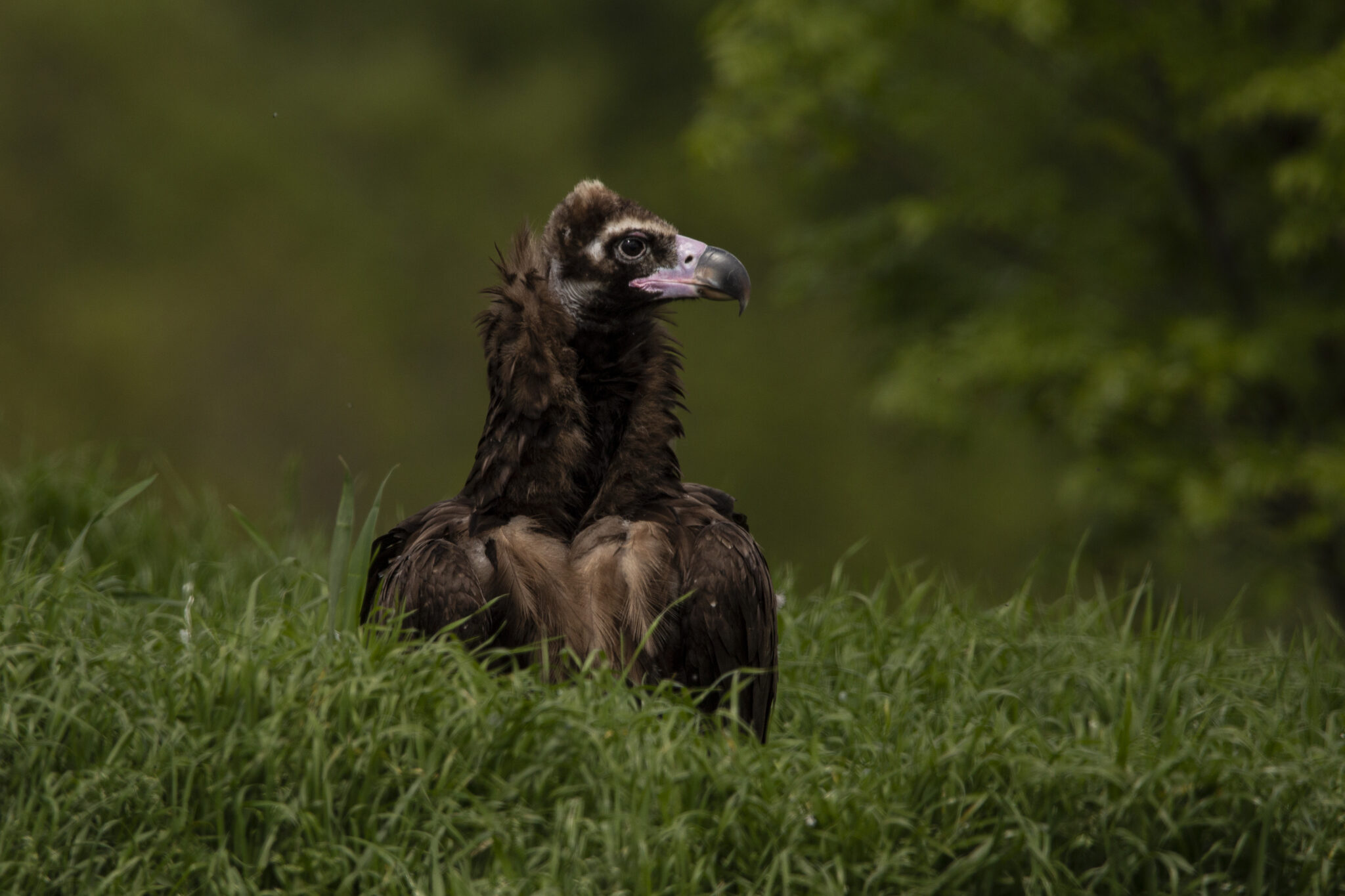
The Cinereous (Black) vulture is the largest and most impressive of the four vulture species (Black, Bearded, Egyptian, and Griffon) found in Europe. Due to its large size, it prefers to soar in the air and, like paragliders, uses air currents and thermals.

The Cinereous vulture is one of the largest birds of prey in the world, with a body length of 110–120 cm and an impressive wingspan of 250–295 cm, weighing between 7 and 14 kg. The vultures’ dark plumage makes them appear black from a distance. Their short tail is very characteristic. The head is light-coloured in adult birds, whereas in the young it is black. In flight, black vultures are identified by their straight head-on silhouette during soaring. On the ground or in the trees they are identified by their huge dark body; the birds have a feathered ruff, and their wings cover the tail. The massive beak also stands out.
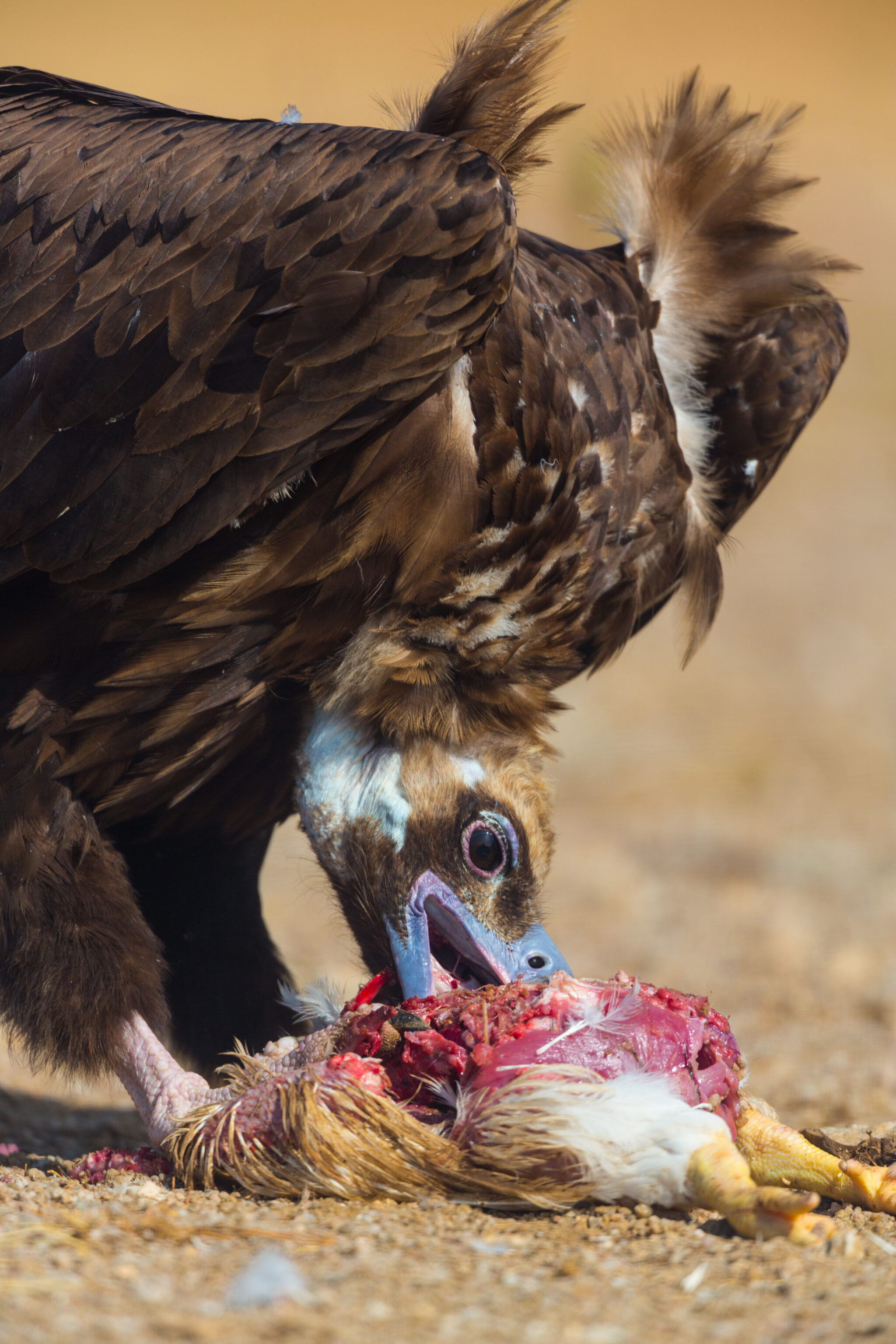
Black vultures feed mainly on the carcasses of domestic and wild mammals. Cinereous vultures search for food across diverse landscapes – forests, scrub habitats, open pastures and bare mountain slopes. In Bulgaria, their feeding grounds include areas with grazing domestic herds, hunting estates for small and big game.
Thanks to their powerful beaks, they can easily open the carcass of a dead cow, for example. Still, they prefer to eat the more solid tissues – sinews, skin, and cartilage. They search for food alone or in groups. Vultures can last for 2–3 weeks without eating.
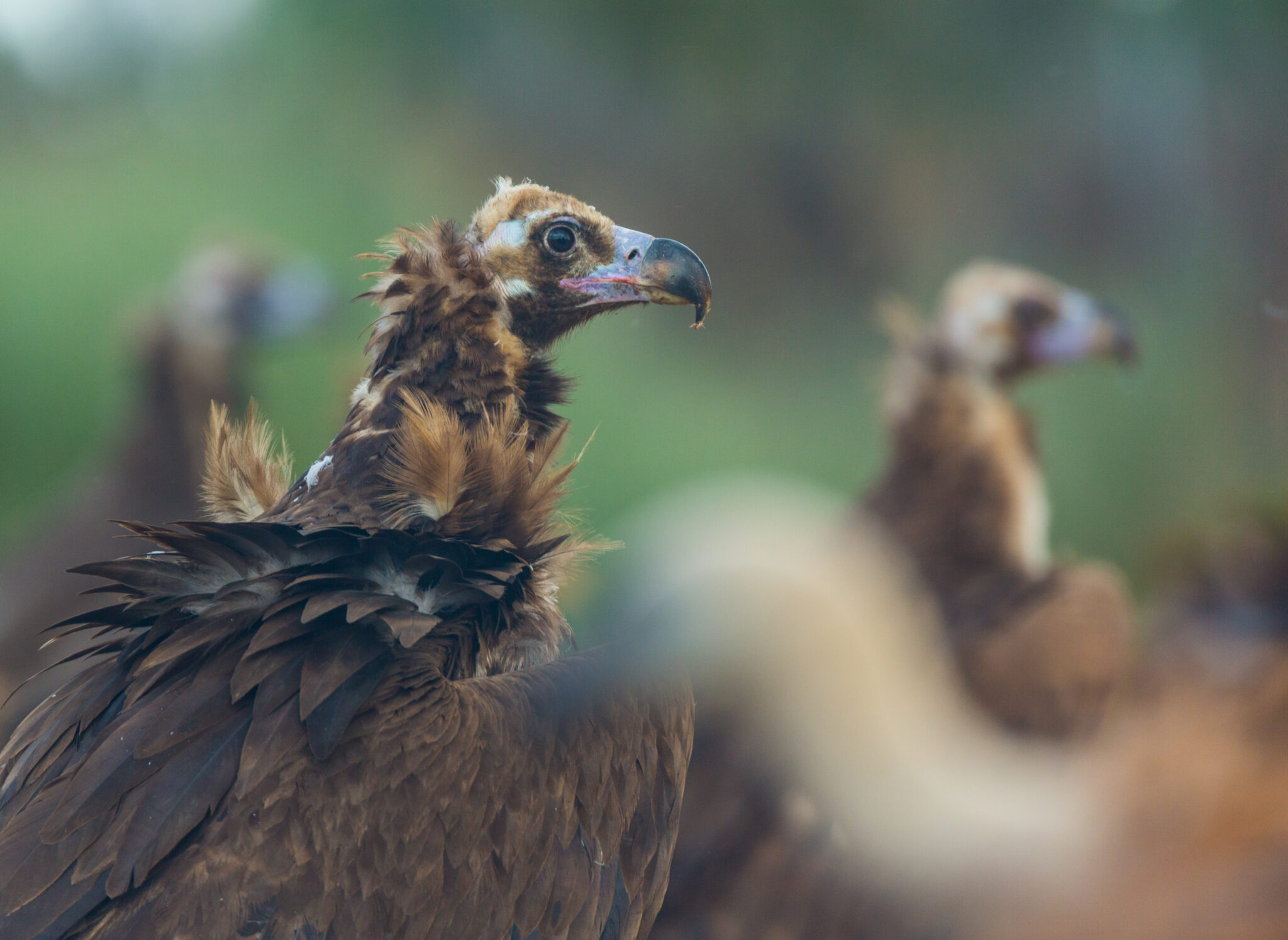
Depending on the weather conditions and the geographical position of the nest, females lay a single egg in January–March. The young hatch in March–April and stay in the nest for more than 3 months, leaving it in late July–August. The young remain with their parents, living in a family group until their reach maturity – at about 6 years of age.
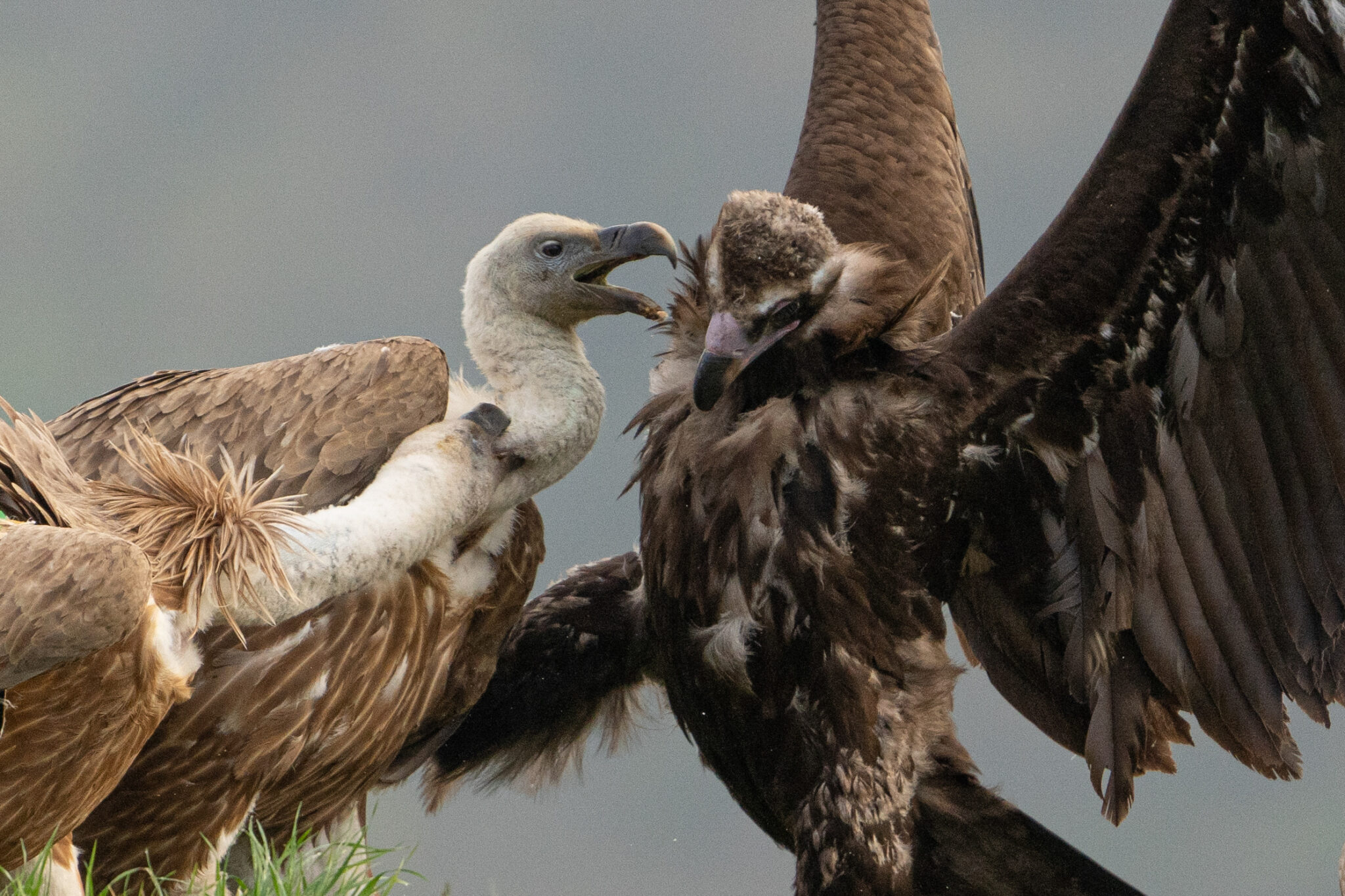
The Cinereous vulture lives in colonies. It usually builds its nest alone, placing it at the top of the crown of trees such as black pine, yellow pine, cork oak, holm oak, and tree juniper. The species is extremely sensitive to the presence of humans or other forms of disturbance within a radius of about 400 meters around the nest. The birds stay close to the nest for most of the year, visiting it less frequently in October and November. The species is not a typical migrant. The movements of individual birds are more accurately described as wandering. The observed foraging migration of birds from Dadia National Park in Greece to the Eastern Rhodopes in Bulgaria is most intense between May and September.
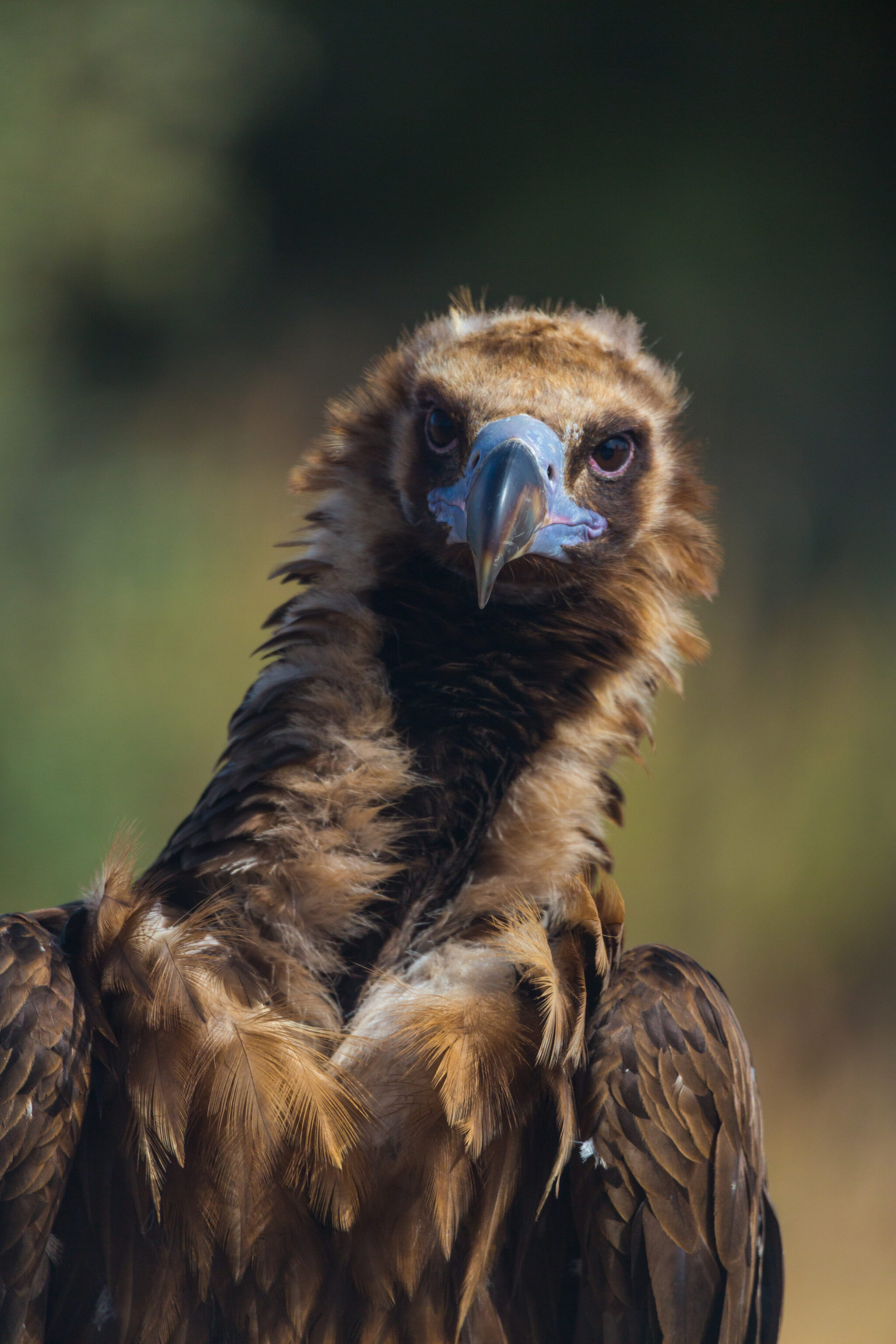
In the Eastern Rhodopes, the species nests only in an old coniferous forest within the Dadia National Park in Greece. Its nest, located in the crown of a tree, can reach up to 2 meters in diameter and 1 meter in height. To attract Cinereous vultures back to Bulgarian territory, artificial nests designed to their preference have been built in the Bulgarian part of the Rhodopes for several years.
The nests are positioned in old oak forests on steep northern slopes in accordance with the requirements of the species. The specific spots for the nests were chosen after a detailed analysis of the micro and macro preferences for the nesting and feeding habitats of the species. The nests are located along the main flight corridor between the breeding grounds in Greece and the main feeding grounds in Bulgaria, close to known roosts of the black vulture, in order to increase the chances for them to be occupied if the breeding population in Greece is in a good state. The locations for nest placement are selected based on a GIS model and various scientific publications. Based on this research, the most suitable sites—those closest or identical to the species’ ecological requirements—are chosen. The structures are impressive in size. The base platform has a diameter of 1.5 meters, and the thickness can reach up to 0.5 meters. They are built from natural materials—tree branches, green moss, and dry twigs—to make the nests as natural and attractive as possible.
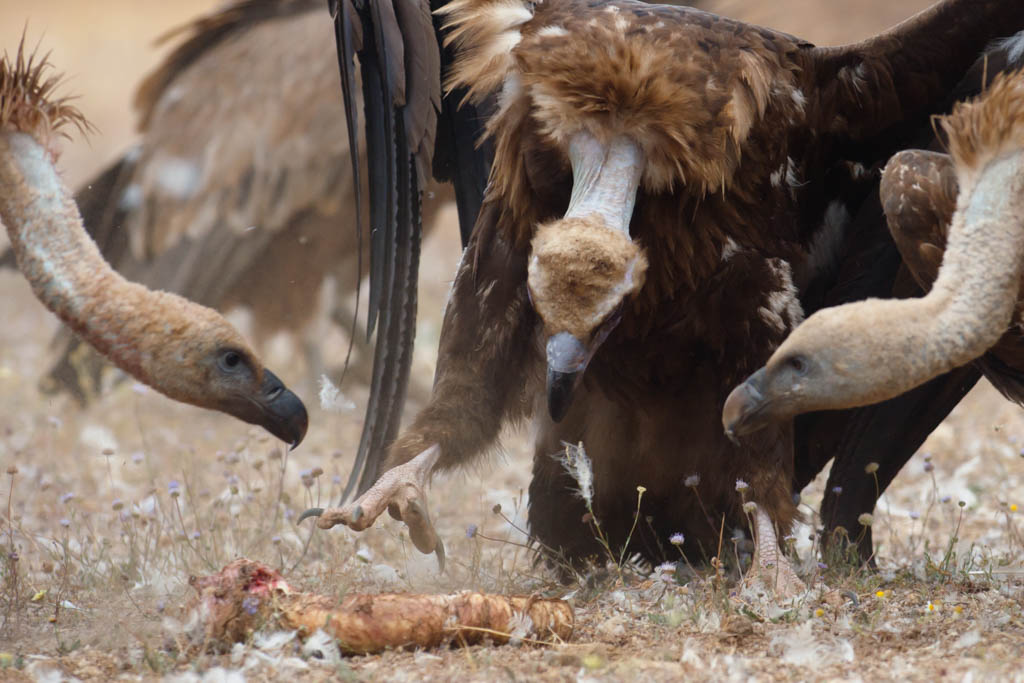
When a carcass of a dead animal stays in the wild, it is extremely important that it is removed and transformed into nutrients that are included in the cycle of matter once again. There are many organisms that play that role in the wild – from bacteria, worms, and insects to mammals.
Cinereous vultures “clean up” the remains of dead animals, and in doing so, they also eliminate any disease-causing microbes ingested with the carcass. This helps protect the health not only of their wild cohabitants—other animals—but also of humans. They clear off the carcasses in the wild perfectly, aided by the high acidity of their stomachs. Fact, everything that passes through their stomachs undergoes a complete disinfection. Therefore, they have earnestly earned their nickname – nature’s cleaners.
Cinereous vulture is classified as Near Threatened (NT) in the IUCN Red List.
Poisoning after illegal use of poison baits targeted at large carnivores (e.g. wolves, jackals) to protect livestock and game
Lead poisoning by hunting ammunition, effect of veterinary drug contamination
Reduced food availability
Direct persecution
Electrocution end collision caused by electric transfer networks or collision at windmills